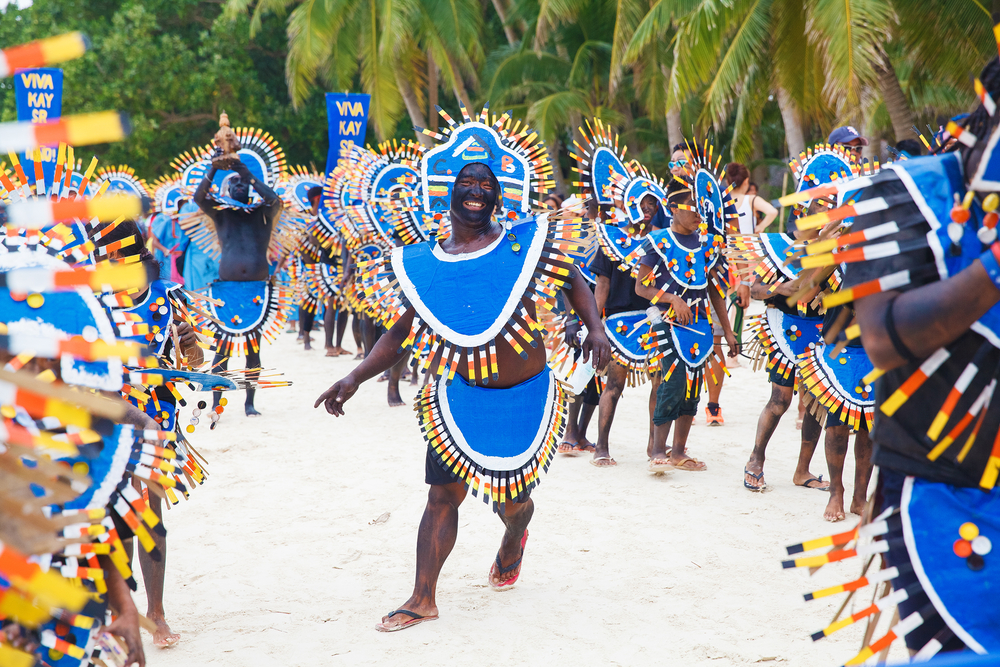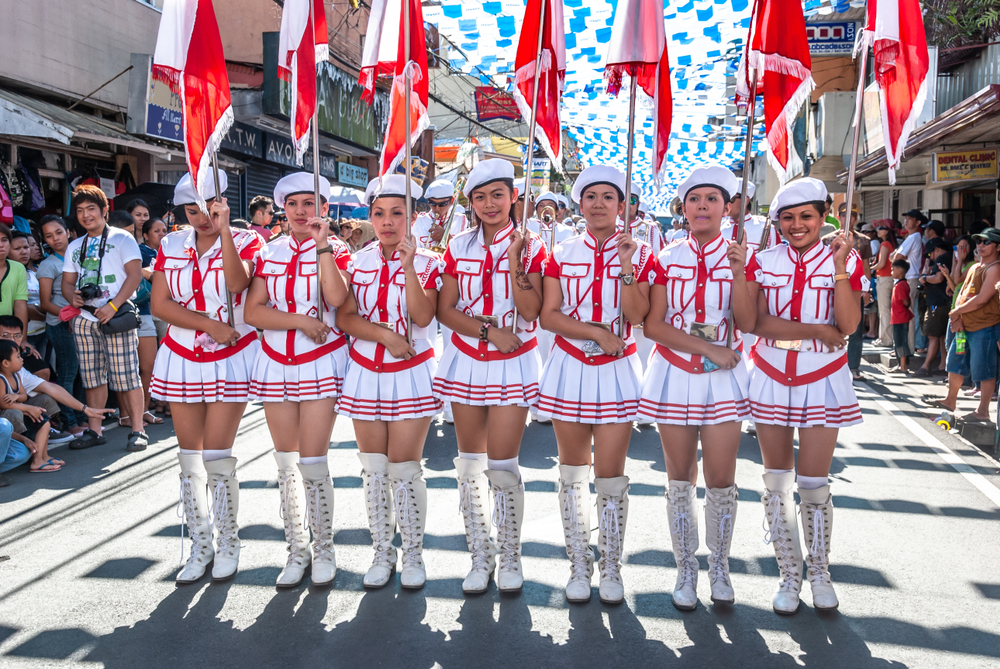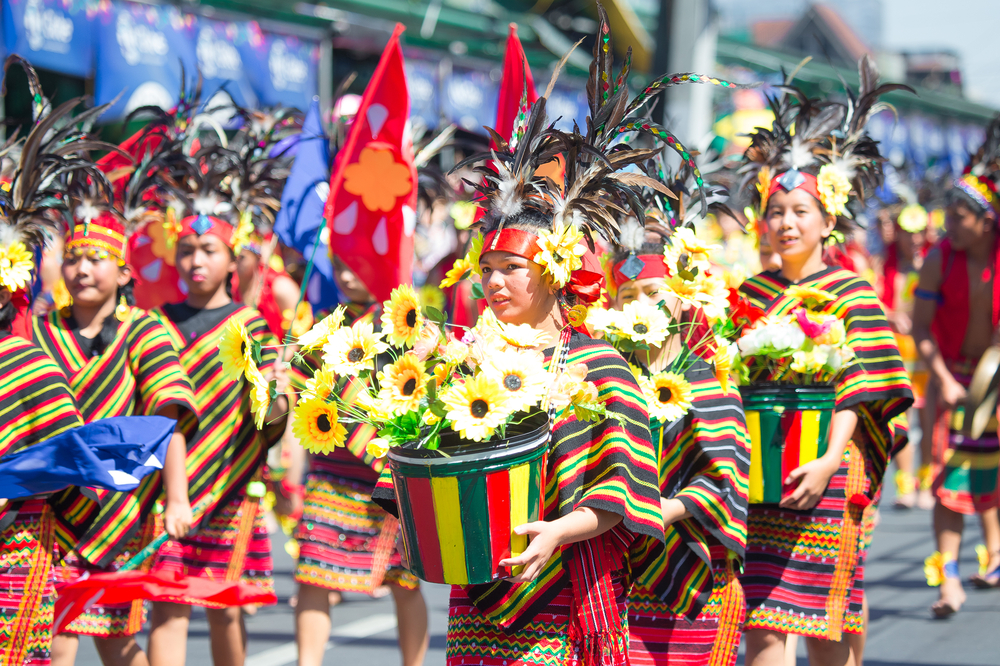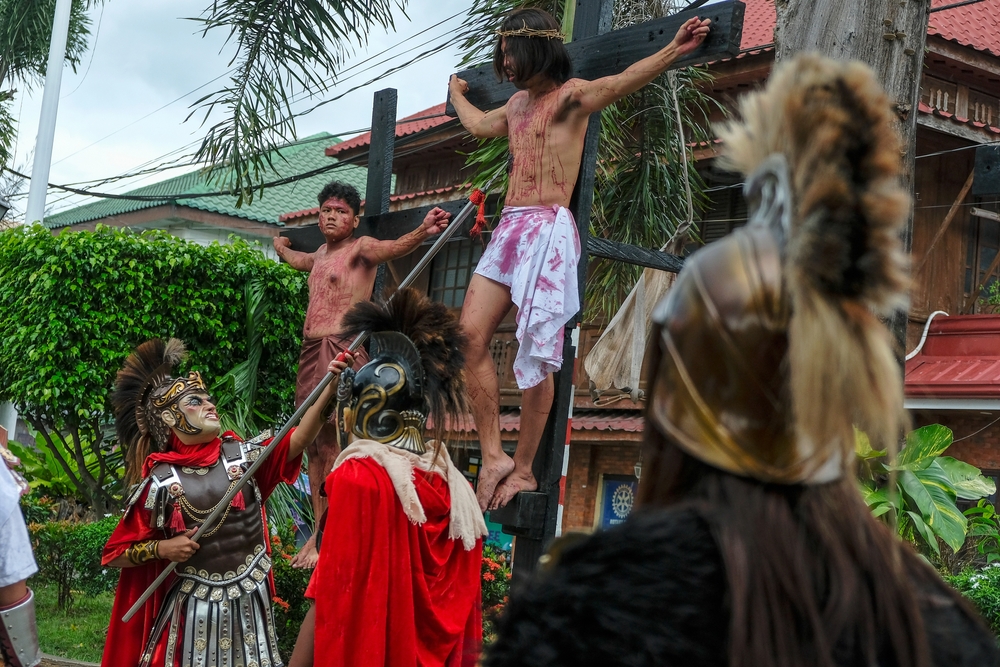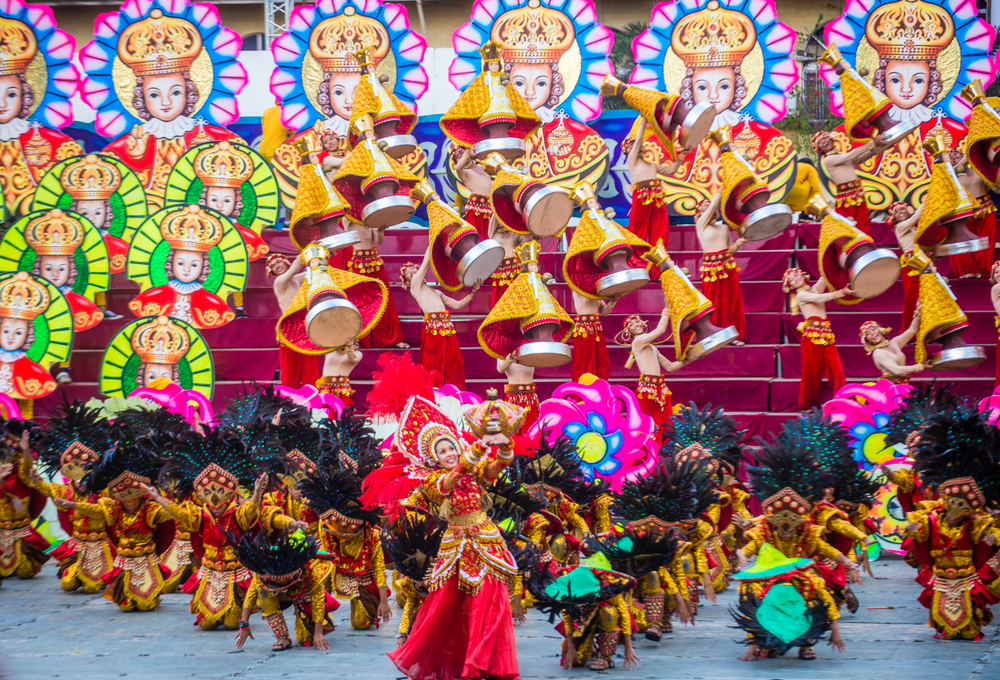Holidays and Festivals: Holiday Calendar

Calendar
| Holiday | 2024 | 2025 | 2026 | Affected |
| New Year’s Day (Araw ng Bagong Taon) | Jan. 1 | Jan. 1 | Jan. 1 | g, b, o, some r |
| Chinese New Year | Feb. 10 | Jan. 29 | Feb. 17 | some Chinese retailers |
| Valentine’s Day | Feb. 14 | Feb. 14 | Feb. 14 | none |
| Ash Wednesday | Feb. 14 | March 5 | Feb. 18 | none |
| EDSA Revolution Day/People’s Power Day | Feb. 25 | Feb. 25 | Feb. 25 | none |
| Maundy Thursday | March 28 | April 17 | April 2 | g, b, o, r |
| Good Friday (Byernes Santo) | March 29 | April 18 | April 3 | g, b, o, r |
| Black Saturday (Sabado de Gloria) | March 30 | April 19 | April 4 | g, b, o, r |
| Easter Sunday (Linggo ng Pagkabuhay) | March 31 | April 20 | April 5 | g, b |
| Eid al-Fitr (End of Ramadan) | April 10 | March 30 | March 20 | g, b, o, some r |
| Day of Valor (Araw ng Kagitingan)/Bataan Day | April 9 | April 9 | April 9 | g, b, o |
| Labor Day (Araw ng mga Manggagawa) | May 1 | May 1 | May 1 | g, b, o, some r |
| Mother’s Day | May 12 | May 11 | May 10 | none |
| Independence Day (Araw ng Kalayaan) | June 12 | June 12 | June 12 | g, b, o |
| Father’s Day | June 16 | June 15 | June 21 | none |
| Ninoy Aquino Day | Aug. 21 | Aug. 21 | Aug. 21 | g, b, o, some r |
| National Heroes' Day (Araw ng mga Bayani) | Aug. 26 | Aug. 25 | Aug. 31 | g, o |
| All Saints' Day (Todos los Santos) | Nov. 1 | Nov. 1 | Nov. 1 | g, b, o |
| Bonifacio Day | Nov. 30 | Nov. 30 | Nov. 30 | g, b, o |
| Christmas Day | Dec. 25 | Dec. 25 | Dec. 25 | g, b, o, some r |
| Rizal Day | Dec. 30 | Dec. 30 | Dec. 30 | g, b, o |
| New Year’s Eve | Dec. 31 | Dec. 31 | Dec. 31 | g, b, o, some r |
Note: Holidays that fall on weekends are often moved to the following Monday.
Key:
g = government offices and institutions
b = banks and financial institutions
o = non-retail businesses/offices
r = retail businesses
Ati-Atihan Festival
Date(s):
Culminates on the third Sunday of January
Closures:
Government, Banks (on an optional basis, in the province of Panay and nearby)
Description:
This festival commemorates the 13th-century land deal between migrating Borneans and aboriginal Ati King Marikudo. It is also designated as the feast of the town’s patron saint, Santo Niño, or the Infant Jesus.
Background:
The Ati-atihan of Kalibo pre-dates the arrival of the early Spanish colonizers. It combines the elements of Spanish Catholicism with those of the animist Aetas, or Atis, of the island of Panay. The festival was conceptualized and first celebrated in the late 1950s in a bid to boost tourism. The Feast of the Santo Niño was already a popular event, and the two festivities were merged.
How Celebrated:
This festival has several distinctive features that are quite similar to New Orleans’ Mardi Gras, particularly the street dancing and merrymaking. The performers are painted black with powdered charcoal to mimic the appearance of the aboriginals or the Aetas. They beat the drums continuously and loudly while shouting "Hala Bira." The soot-blacked revelers entice the onlookers to dance with them in a rhythmic shuffling of feet and shaking of hands and heads—a typical tribal dance movement.
Pahiyas Festival
Date(s):
May 15
Closures:
Government, Banks (on an optional basis, in the province of Quezon, particularly in the town of Lucban and nearby)
Description:
Commemorates the feast day of San Isidro Labrador, the patron saint of farmers.
Background:
Pahiyas, loosely translated as "precious offering," began as a pagan harvest festival. With the spread of Christianity, it is now celebrated in honor of San Isidro Labrador. The festival dates back to the 16th century when Catholicism was on the rise in Quezon province. It started as a way of offering thanksgiving for bountiful harvests to the Franciscan missionaries who brought Catholicism in the 1500s. Since then, it became a tradition of the people of Lucban. The locals bring their harvest to the church. It was believed that the farmers must perform this rite in order to avoid bad luck, drought, and famine.
How Celebrated:
Dancing and merrymaking mark the celebration of Pahiyas. Residents in Lucban adorn their houses in keeping with the old practice of displaying their harvest in front of their houses, where the priest would bless them. Because it is impossible for the priest to cover the whole town, the route of the priest blessing the harvest varies each year so that everyone gets the chance to be blessed. The locals prepare the so-called kiping, a wafer made of rice and shaped into a tree leaf that comes in pink, green, and yellow colors. The kiping together with the harvested fruits are then lined up as decorations in front of the houses. A chandelier-shaped kiping is also becoming popular. Other towns of Quezon also celebrate San Isidro Festival with festively decorated floats. Fresh fruits and vegetables are displayed by the roadsides, and it has been a tradition that people must pick one when they pass along the area.
Panagbenga Festival
Date(s):
February 1 until the first Sunday of March
Closures:
Government, Banks (on an optional basis, in the city of Baguio, province of Benguet, and nearby)
Description:
Panagbenga Festival is a vibrant and colorful celebration. It takes place in Baguio City (about a six-to-eight-hour bus-ride from the capital Manila), which also is dubbed as the country's summer capital because of its cool weather year-round.
Background:
The Panagbenga Festival, also known as the Baguio Flower Festival, began in 1995 when Baguio people decided to organize an event to commemorate the beautiful flowers that the city is well known for. It also was one of the measures taken to help the people get over the devastating effect of the earthquake that hit the city in 1990.
How Celebrated:
The highlight of the Panagbenga festivity is the flower float parades where young girls dress up in colorful floral costumes. A plethora of other activities are scheduled as well, such as music concerts, exhibits, competitions, and the beauty contest for Mr. and Ms. Panagbenga. Numerous stalls in Baguio and nearby areas sell all kinds of flowers. Thousands of local and foreign tourists travel to the city for the week-long festivities.
Moriones Festival
Date(s):
Varies annually during Holy Week (Semana Santa)
Closures:
Government, Banks (on an optional basis, on the island of Marinduque and nearby)
Description:
A masquerade-cum-street parade, the festival has a touch of religiousness as it is centered on the conversion to Christianity of Longinus, one of the Roman soldiers who tortured Jesus Christ on Mount Calvary.
Background:
In 1870, the Rev. Dionisio Santiago, a Mexican priest, introduced the Moriones pageant to dramatize the power of Christian faith. From the simple Biblical passage about the Roman centurion (Longinus) who pierced Jesus Christ’s side with his sword, the priest developed the story of Longinus and the weeklong Moriones Festival. Longinus was a one-eyed Roman Centurion who, out of pity, pierced the suffering Christ's side to end his agony. Blood from Christ’s wound spurted into Longinus’ blind eye, and his sight was miraculously restored. As a result of this miracle, he embraced Christianity and guarded the body of Christ.
How Celebrated:
Activities center on the reenactment of Longinus' conversion to Christianity. People participating in the reenactments wear costumes and masks resembling Roman centurions. Moriones is the Mexican word for "helmet."
Sinulog Festival
Date(s):
Every third Sunday of January
Closures:
Government, Banks (on an optional basis, usually in the province of Cebu only and nearby)
Description:
A nine-day celebration of the Feast of Sto. Niño in the province of Cebu in the Visayan region of the Philippines.
Background:
It was only in 1980 when the first Sinulog Festival was celebrated to rival the Ati-Atihan Festival celebrated in Panay province.
How Celebrated:
Cebuanos dress in colorful costumes, find their way through the streets, and hold a grand street parade. Dancing the Sinulog dance to the beat of drums, moving two steps forward then one step backward, the revelers hold up a statue of the Infant Jesus, while chanting Viva! Pit Señor!
Copyright © 1993—2025 World Trade Press. All rights reserved.

 Philippines
Philippines 